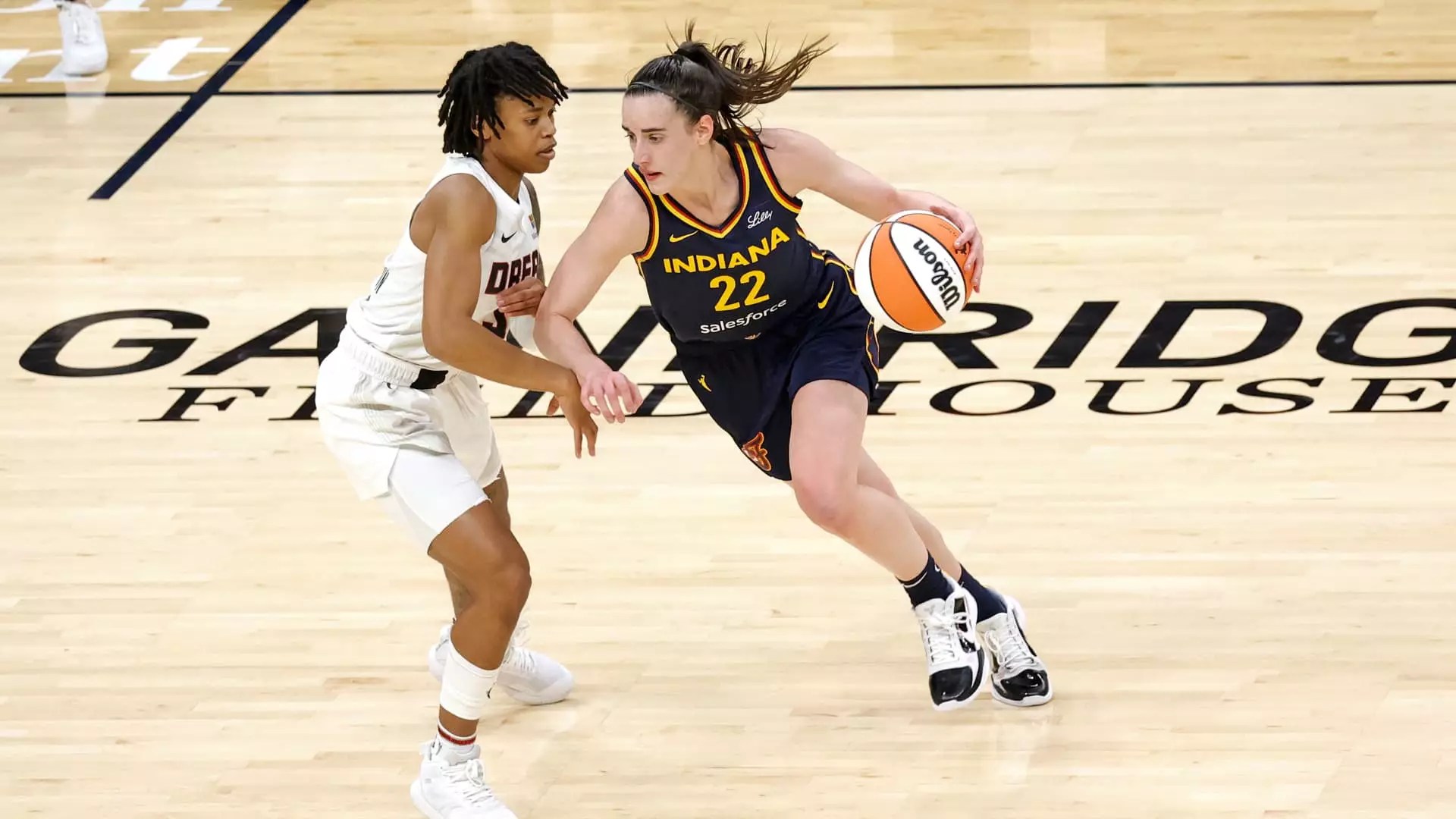The Women’s National Basketball Association (WNBA) witnessed remarkable growth in both viewership and attendance during the 2024 season. This surge in popularity can be attributed to a convergence of factors, including the emergence of young superstars like Caitlin Clark and Angel Reese, as well as a growing fanbase that is increasingly engaged with the league.
The 2024 season marked a historic milestone for the WNBA, with viewership hitting an all-time high. Over 54 million unique viewers tuned into the league’s games across a plethora of networks, such as ABC, ESPN, CBS, and others. This impressive statistic signifies not just an increase in viewership but also a broader recognition and appreciation for women’s basketball. Game attendance also soared, with numbers reaching levels not seen in over two decades. This represents nearly a 50% increase from 2023, driven in part by the rising talent within the league.
The sellout games were particularly noteworthy; with 154 sellouts reported, this figure is more than triple the previous year’s total of 45. Such statistics speak volumes about the growing fan enthusiasm and the heightened excitement around live games. It is also indicative of the powerful connection emerging athletes are forming with supporters, paving the way for a brighter future for women’s sports.
Two standout figures this season have been Caitlin Clark, playing for the Indiana Fever, and Angel Reese from the Chicago Sky. Their electrifying performances not only ignited increased fan interest but also translated into tangible attendance figures and engagement metrics. For the Fever, the influx of supporters has been staggering, achieving more than a fourfold increase in attendance compared to the previous year. This level of growth vastly outstrips what is seen with other franchises, such as the Los Angeles Sparks, which experienced a 69% increase, a feat impressive in its own right.
The significance of individual athletes should not be underestimated in the realm of team sports, as they often serve as the faces of their franchises. Clark’s remarkable skills on the court resonate with fans and mark her as a pivotal player for the future of the WNBA.
In addition to ramped-up attendance and viewership, the WNBA experienced substantial growth in merchandise sales and social media engagement. The league’s social media accounts amassed nearly 2 billion video views during the season, exhibiting more than a fourfold increase from 2023. This surge in digital engagement is critical, as it signifies a growing interest among young fans who are more likely to engage through online platforms.
Merchandise sales have followed suit, underscoring the trend that not only are fans increasingly tuning into broadcasts but they are also willing to invest in the league’s products. The blend of live engagement and digital interactions cultivates a sustainable business model for the WNBA, and the future looks promising given these emerging trends.
The increasing popularity of the WNBA has considerable financial implications, leading to a significant new media rights deal valued at approximately $2.2 billion over 11 seasons. This arrangement highlights a shift in how media companies are recognizing the profitability behind women’s sports, driven largely by the league’s expanding reach. The $77 billion deal negotiated within the broader NBA agreement demonstrates a concerted effort to bolster the WNBA’s financial foundation and visibility.
The viewership statistics reflect this promising trajectory. Notably, 22 regular-season game broadcasts drew at least one million viewers, with ESPN recording its most-watched regular season ever for women’s basketball. The season also featured record-breaking games, including a standout match between the Sky and the Fever that averaged over 2.25 million viewers.
However, the stellar growth of the WNBA is not without its challenges. As the league garners more attention, players have reported incidents of online harassment and racial discrimination. This dark aspect of increased visibility has stirred concerns and conversations within the league. Criticism arose when WNBA Commissioner Cathy Engelbert didn’t initially address these issues fully during an interview. Nonetheless, she later clarified her stance against hate and racism, underlining the importance of creating a safe environment for all athletes.
While the league celebrates unprecedented growth and rising superstardom, it must also navigate the complexities of a heightened spotlight. The journey of the WNBA is far from over as it looks to capitalize on its current momentum while fostering a supportive and inclusive community for its players and fans alike. The forthcoming seasons, especially with the announced plans for expansion, are poised to capitalize on this wave of enthusiasm, ensuring that the WNBA continues to thrive in the sports landscape.


Leave a Reply